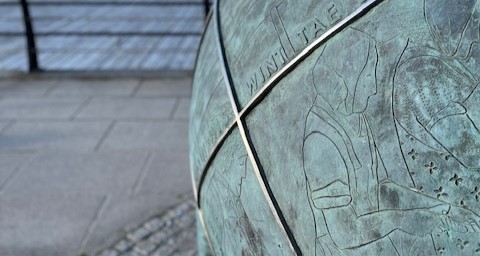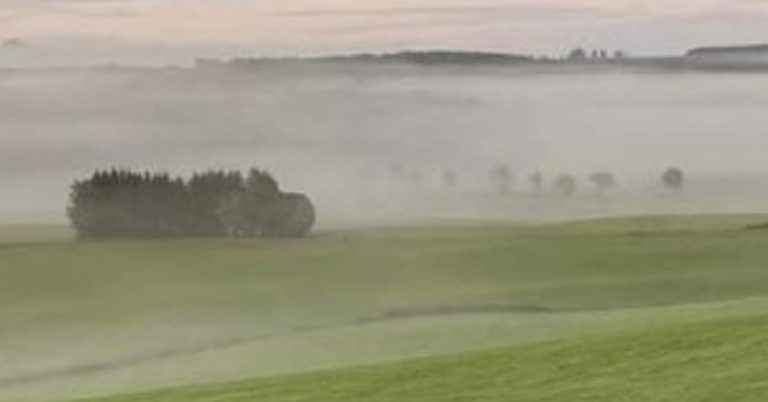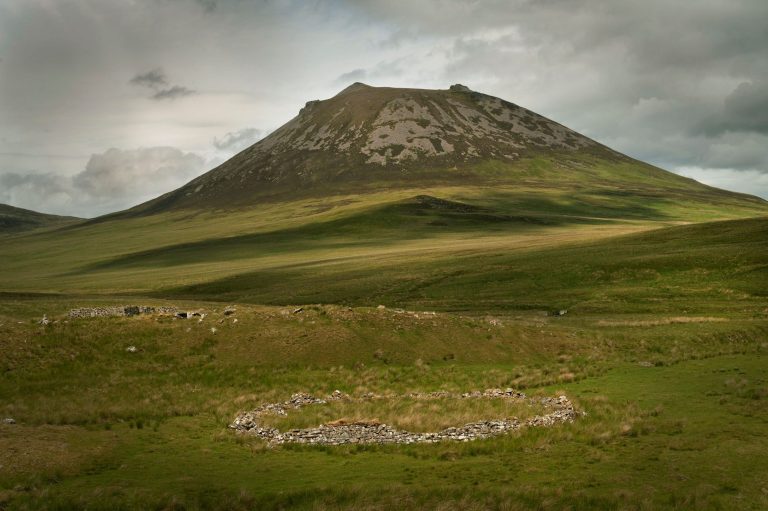
By Véronique Molinari
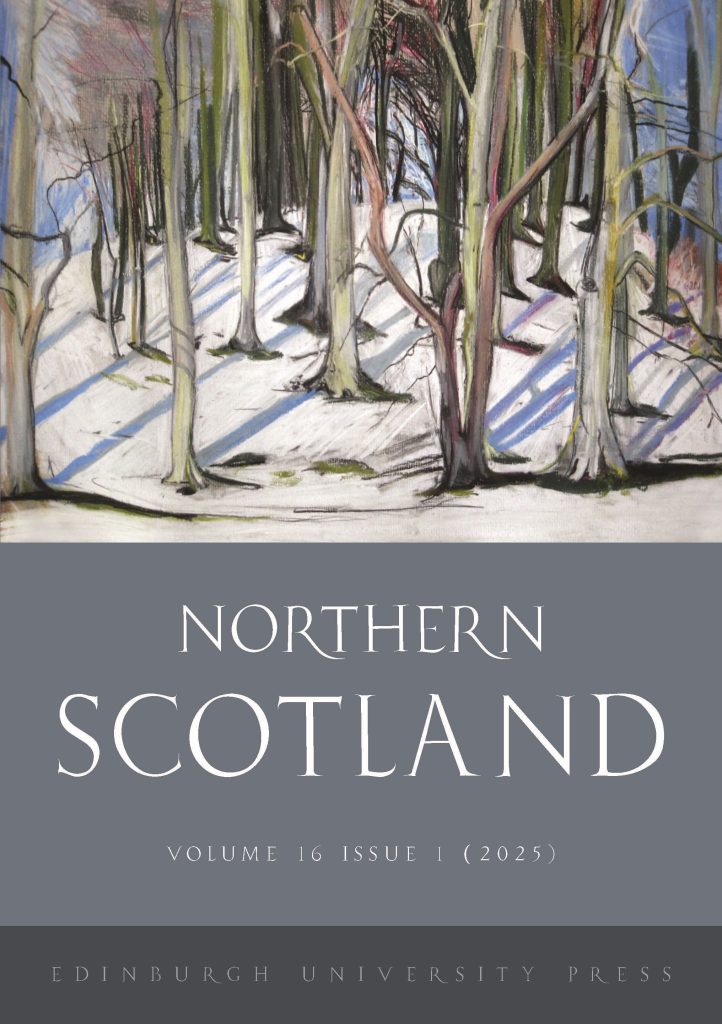
Véronique Molinari is the author of the article ‘A Most ‘Valuable Class’: The Shetland Female Emigration Society and the Emigration of Single Women to South Australia and Tasmania in the early 1850s‘ in Northern Scotland.
A few years ago, while working on The Earl Grey Scheme (a program which, in the context of the Great Famine, was responsible for sending over 4,000 Irish female orphans to Eastern Australia), I came across recurrent mentions in the Australian press of some 300 single females from the Shetland islands. These women seemed to have been eagerly awaited in Tasmania between 1853 and 1856, and yet never seemed to have ever left or arrived. Praised in various records as ‘moral’, ‘industrious’ and, generally speaking, ‘infinitely superior to the usual run of female emigrant’ (Adelaide Times, 27 August 1850, p. 3), these young women certainly stood out at a time when other female immigrants never seemed to meet the expectations of the Australian colonists.
I immediately launched into an inquiry about these young female Shetlanders. Who were they? Who was in charge of their emigration? And, most of all, what made them so attractive to the Australian colonists? This led me to research the creation of a Shetland Female Emigration Fund in August 1849, at a time when the islands were suffering heavily from the famine. This initiative, it turned out, was the result of the combined efforts of four personalities who, in the face of many obstacles, worked to help young women to depart.
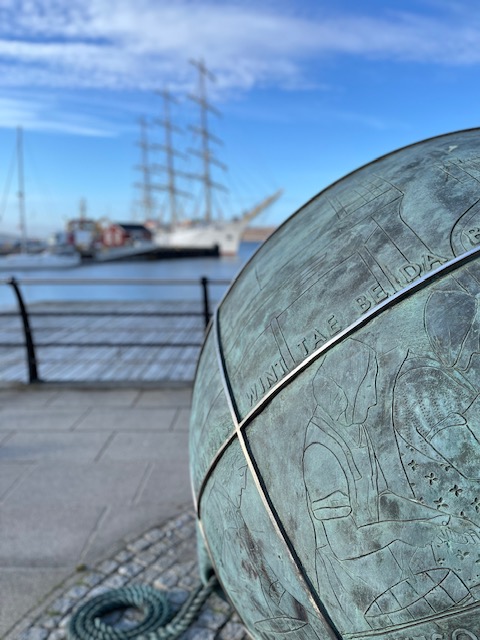
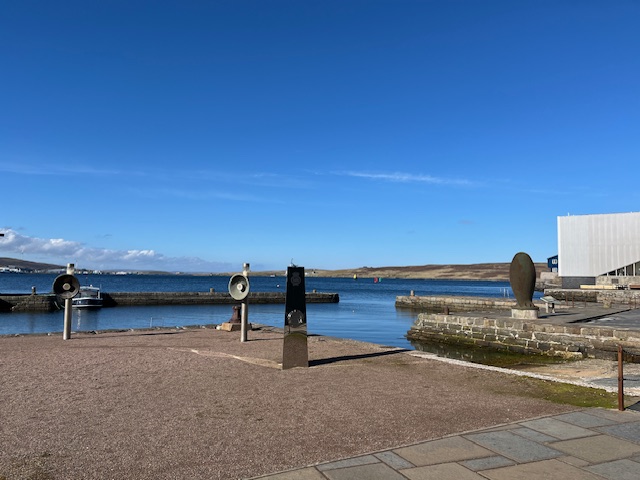
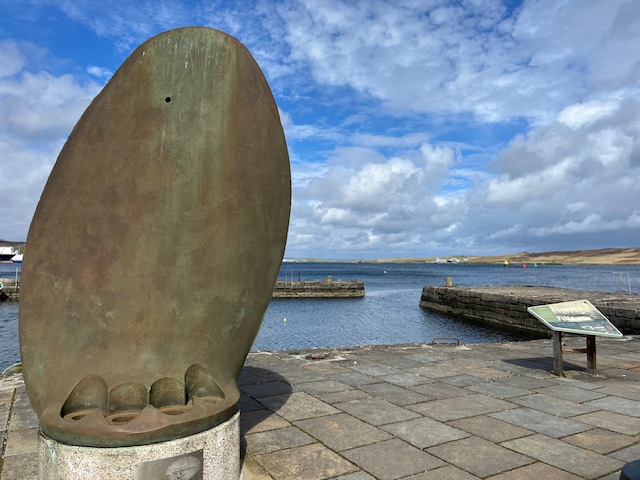
The traveller: Lady Jane Franklin
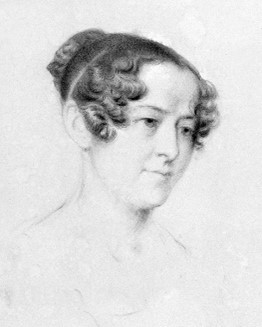
Lady Jane Franklin (1791-1875) is famous for her travels as well as for her tireless campaign to discover the fate of the expedition led by her husband, Sir John Franklin, to discover a Northwest Passage.
Less is known however about the part she played in the promotion of female emigration to Australia. Jane Franklin lived in Australia for several years, as her husband was Lieutenant-Governor of Van Diemen’s Land (the colonial name of Tasmania) between 1837 and 1843. She was among the founders of the London-based British Ladies’ Female Emigrant Society in the autumn of 1848. While in Shetland with her niece and travel companion, Sophia Cracroft, trying to gather information about the lost Arctic expedition, she was approached in Lerwick by young women willing to emigrate. That stay in Shetland in August 1849 led Jane Franklin to interview candidates for emigration and start mustering support for a scheme that would assist the passage of unmarried females to Tasmania.
The Reverend: John Dunmore Lang
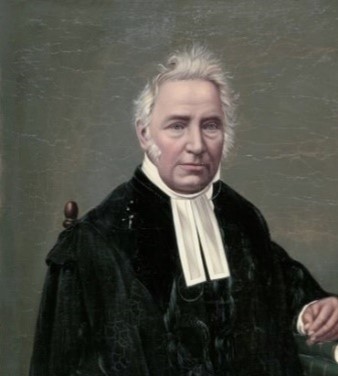
On the same boat that had led Lady Franklin and Sophia Cracroft to Shetland, was John Dunmore Lang (1799-1878), described by Cracroft in a letter to her mother and sisters as ‘An Australian Celebrity’. Lang was a Clergyman of the Established Church of Scotland, and left his native country for New South Wales in May 1823 to form a Presbyterian Church in Sydney. Staunchly anti-Catholic, Lang endeavoured to attract industrious, virtuous and religious Scots to Australia, which had led him to launch on a tour of several months through Scotland. The unmarried and widowed young women in Shetland appeared to him as ideal candidates for emigration and he immediately wrote to the Earl of Zetland for financial support.
The novelist: William Henry Giles Kingston
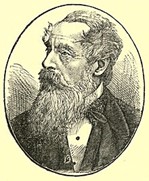
W. H. G. Kingston (1814-1880) is primarily known as the author of boys’ adventure novels. He was also a passionate supporter of Protestant emigration to Australia and a strong advocate for government-assisted emigration through two publications he edited: The Colonial Magazine and East India Review. Additionally, he was a major contributor of the Society for the Propagation of Christian Knowledge. When contacted by Jane Franklin, he immediately agreed to join in the venture and became the main spokesperson and correspondent of the newly-created Shetland Female Emigration Fund liaising with both the Colonial Land and Emigration Commission and the Australian press.
The retired Royal Navy captain: Robert Craigie
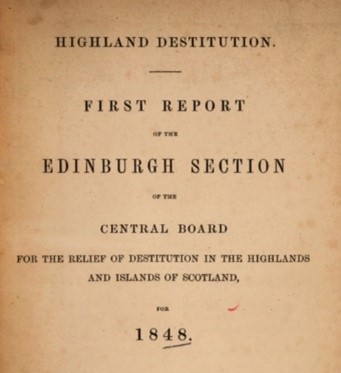
After spending nearly thirty years at sea in the Royal Navy, Robert Craigie (c. 1800-1873) was sent to Shetland in 1847 to oversee poor relief during the potato famine. By the time Jane Franklin visited the islands, he had been promoted to Inspector-General of the Highland Destitution Board and was the person solicited by W. H. G. Kingston to provide him with particulars on the female population. Craigie did not simply provide the requested information but also became an active participant in the scheme, recommending the formation of two committees in Lerwick whose purpose would be to select candidates for emigration and collect funds for their clothing and their passage.
This research led me to much more than simply discovering details of the Shetland Female Emigration Fund. By focusing on a thus far little-studied emigration – that from the Northern Isles of Scotland – it allowed me to uncover unexpected insights on the type of female emigrants Britain was ready to send and, most of all, those the Scottish community in Australia wished to welcome in terms of cultural, religious and ethnic profiles.
Read the full article, ‘A Most ‘Valuable Class’: The Shetland Female Emigration Society and the Emigration of Single Women to South Australia and Tasmania in the early 1850s’ in Northern Scotland
About the Author

Véronique Molinari is Professor at Grenoble Alpes University. She has published collective works and individual papers on 19th c. female emigration from the UK including: ‘The Emigration of Irish Famine Orphan Girls to Australia: The Earl Grey Scheme’ and Irish Migrations: New Worlds, New Words (forthcoming, Palgrave).

Image credits:
- Lady Jane Franklin, 1838. Portrait by Thomas Bock. Queen Victoria Museum and Art Gallery, Launceston. Source: National Portrait Gallery ↩︎
- John Dunmore Lang, 1888. Unknown artist. Digitised by National Library of Australia. Source: https://nla.gov.au/nla.obj-134283185/view ↩︎
- William Henry Giles Kingston, 1884. Unknown artist. Image in James Braithwaite, The Supercargo (New York: Armstrong & Son, 1884). Source: https://archive.org/details/jamesbraithwaite00kingiala/page/n11/mode/2up?view=theater ↩︎
- Highland destitution relief report, 1848. William Blackwood & Sons, Edinburgh. Source: https://babel.hathitrust.org/cgi/pt?id=umn.31951002105121h&seq=9 ↩︎


